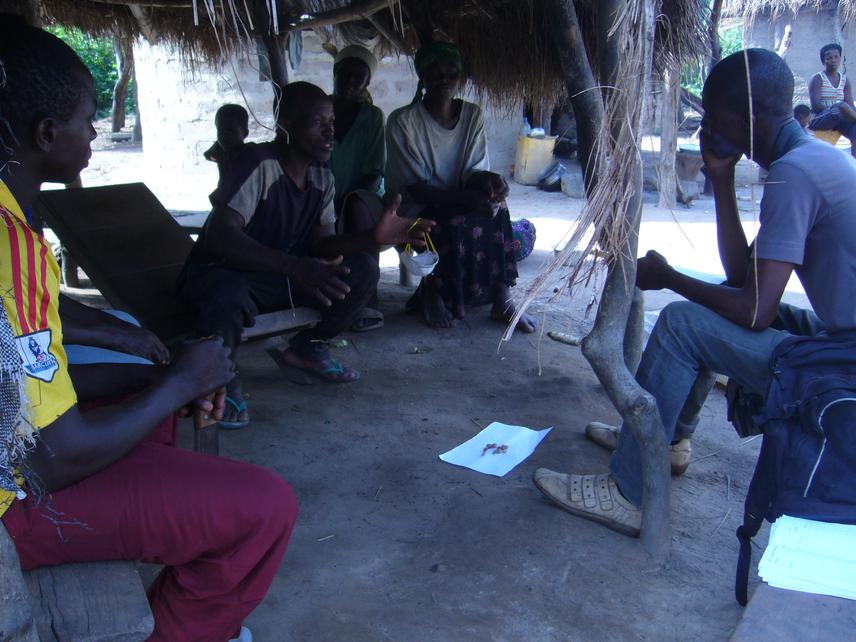Hodabalo Pereki
The aim of the project is to survey quantitative information related to plant diversity, dry forests’ dynamics and interrelationship between forest structure and anthropogenic factors for biodiversity conservation. Like other West African countries, an extensive data will be built in the purpose to formulate the strategies for sustainable management of Abdoulaye protected area.

Interviews of surrounding population on the management and forest resource utilization of the Abdoulaye protected area.
The proposal is strongly relevant to the issue of development and conservation benefits. It has an immediate and applied bearing on development work in general and sustainable development taking into account natural resources more specifically. It is the first time in Togo, that this kind of study which concerns biodiversity conservation of one of the most important protected areas of Togo will be undertaken. Surprisingly, quantitative information related to plant diversity and dry forests’ structures in these areas are poorly documented. The present study will permit to feel these gaps. Also, the research, which will be undertaken, is very important to Togo and other West African countries in the context of valorisation and sustainable utilization of plant genetic resources in agriculture and forestry. It becomes urgent to create extensive reference data on Abdoulaye protected area located in Dahomeyan Gap to integrate it in governmental forestry management programs of Togo.
With the vegetation structure analysis, it will be possible to project future population size or structure of the species in other protected areas and agro-forestry system and then provide opportunity to evaluate the efficacy of various management options, the objectives of which are build species populations up to adequate size and to reduce the risks of extinction of the multipurpose trees for poor rural populations and future generation.
It is also noted that most projects include indigenous people as informants or consultants and not as collaborators. This project will make an effort to include indigenous people as an integral part of our projects. There is need to give them credits not just in the acknowledgements but as co-authors of our publications the same it may include students or academic collaborators who assist us in the field or in the laboratory. This project will promote collaborations with indigenous people. This has been often done in some similar research in Togo but in a very passive way. Then, the strategies for sustainable management and for in – situ and ex - situ conservation of the most used genetic resources of Abdoulaye protected area can be used easily by these local people for their benefits and for future generation.
Finally, this study will help to evaluate and promote development interventions in situations where most of the surrounding people of Abdoulaye protected area in Togo are dependent on non-timber forest products and other biodiversity component for their livelihood and survival.